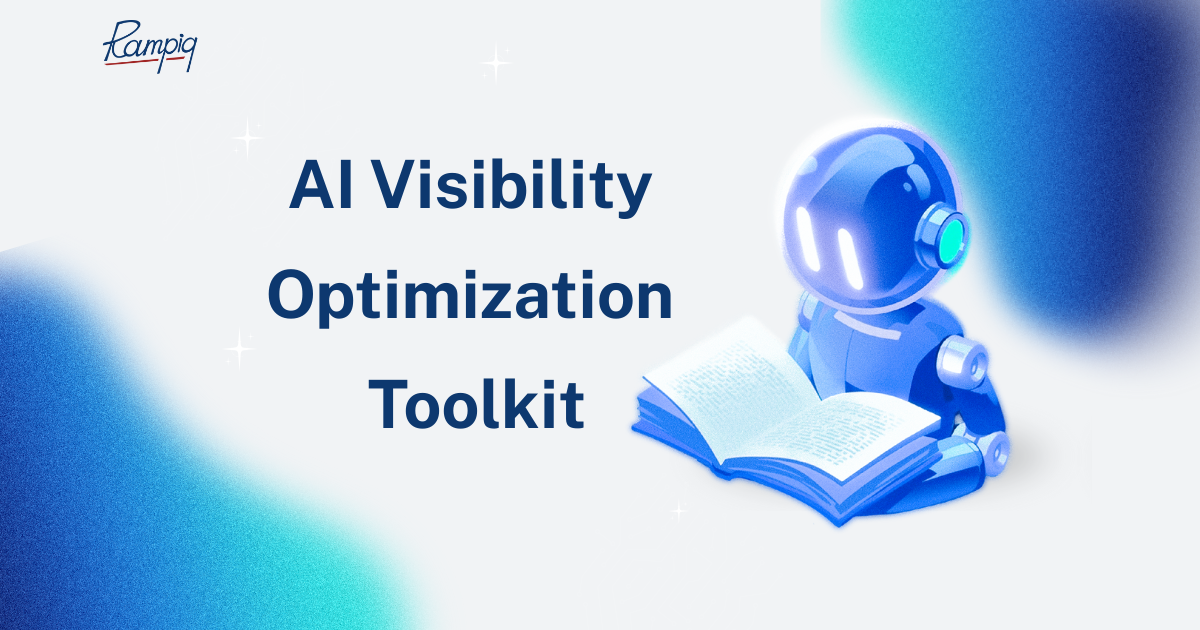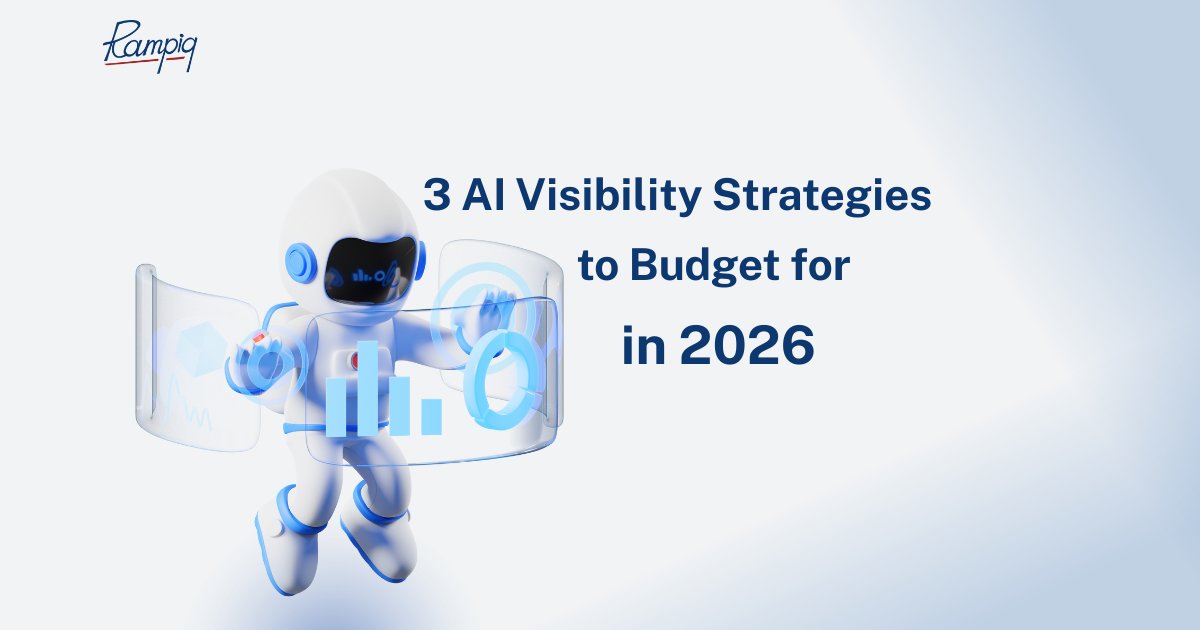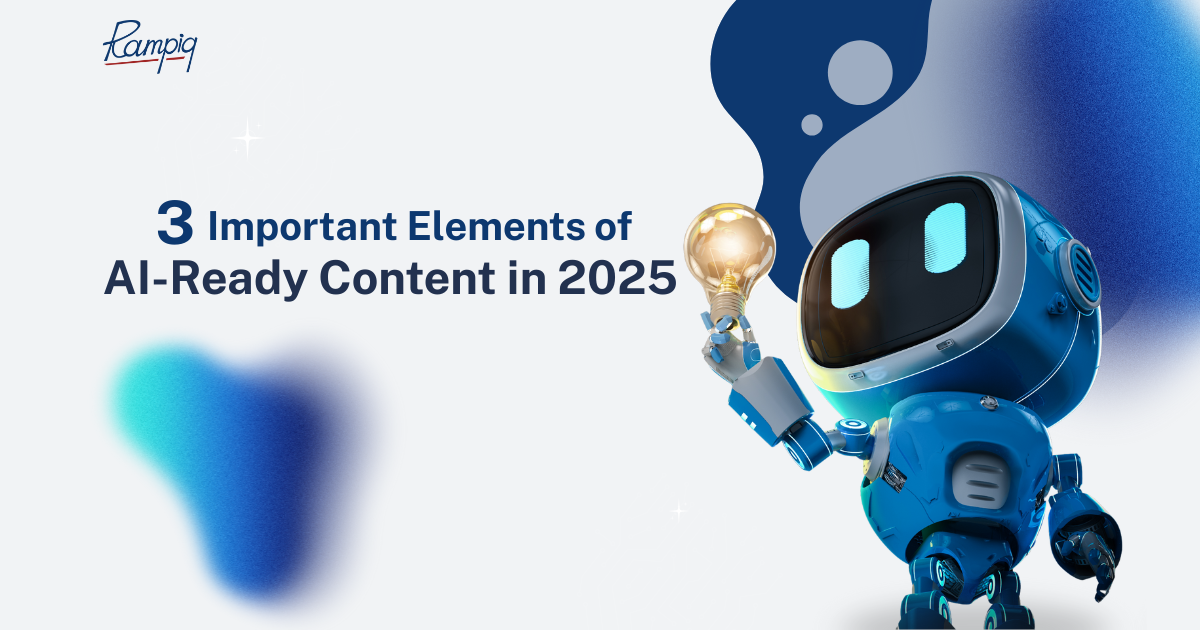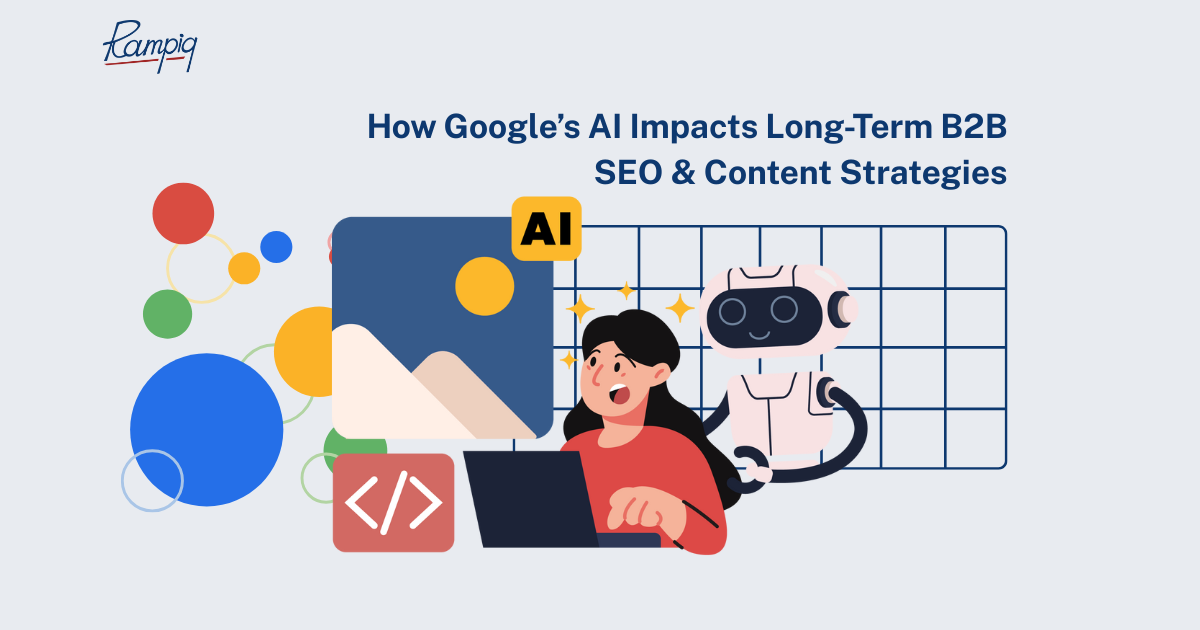Pros and Cons of Publishing Fresh Content
Most of us think of fresh content as the lifeblood of digital marketing. But while it has many upsides, it’s not without its challenges.
Let’s weigh the pros and cons of constantly churning out new material. On the plus side, new content sends freshness signals to search engines, which is crucial for your content optimization strategies.
It ensures:
- Users return to your website regularly.
- Your audience stays continuously engaged.
Creating new content, however, requires time, energy, and money. A 2023 State of Content Marketing report found that 53% of marketers spend over $3,000 monthly on content creation. An endless cycle of content creation often leads to diminishing returns. While you’re busy creating, your existing content might start sinking.
The solution?
A balanced approach that includes creating fresh content and optimizing existing content. While fresh content can be costly, content conversion optimization is more affordable and increases the value of your entire content library.
Google favors recent content. A quick search on any topic will show that the top results are usually from the past year. When you strategically revise older content with meaningful changes, however, the article’s last updated date can show up in Google searches instead of the original date of publication.
It can now compete with the latest content from competitors. Strike a balance between new content creation and content optimization in your monthly SEO tasks to drive growth without burning out resources.
What is Content Conversion Rate Optimization?
Content conversion rate optimization is about making your existing content work harder.
Just as you perform daily SEO tasks to keep your site running smoothly, CRO ensures your content is firing on all cylinders. The goal is to turn visitors into leads or customers.
The CRO process involves a wide range of tasks, including performance analysis, UX optimization, and improving content quality. Content optimization strategies target the most relevant factors to search engines, bringing in more traffic to your website.
Google’s primary goal, for example, is for website visitors to have a good user experience and find exactly what they’re looking for.
To evaluate this, they use the E-E-A-T framework (Experience, Expertise, Authoritativeness, and Trustworthiness). While not confirmed as direct ranking factors, these principles help define what Google considers a good search result.
A good user experience, as per these guidelines, will include accurate, up-to-date content from trustworthy sources. Content CRO solves this challenge by keeping your content current and valuable.
For instance, it involves maintaining your website’s security and fixing broken links, both of which contribute to your site’s trustworthiness and authority.
By implementing winning content recycling tactics, you leverage known principles to breathe new life into underperforming content.
Once users engage with your content, content CRO increases their likelihood of taking desired actions, such as submitting an interest form or starting a free trial.
Benefits of Content CRO
Semrush’s State of Content Marketing report surveyed over 1,700 marketers and owners from businesses of all sizes. It found that after updating their content, the majority of marketers reported increased engagement, and almost as many reported increased rankings/traffic. This is a clear demonstration of the power of content CRO.
Content CRO experts can help your business do even better.
Performance Analysis
The foundation of content CRO is a thorough performance analysis. It involves examining your current traffic, rankings, and engagement metrics. Identifying your page rankings and understanding how your content is performing helps you figure out your ideal content optimization strategy.
Content Quality Enhancement
People often assume that content CRO is only about content quality enhancement. While updating and improving existing content is a vital step, there’s more to content CRO besides it.
That includes adding new information, removing outdated data, and keeping your content relevant and valuable to your audience.
Optimize for SERP Features
Search Engine Results Pages (SERPs) are constantly evolving, and content CRO helps you adapt to these changes. You can work on SERP features like featured snippets or ‘People Also Ask’ sections to increase your content visibility and click-through rates.
This optimization process should be a part of your daily SEO tasks, as it can significantly boost organic traffic.
User Experience Optimization
User experience (UX) remains an undervalued part of content marketing because we tend to forget content is also judged by how users interact with it. Optimizing user experience includes enhancing readability, improving page load times, optimizing for mobile devices, and more.
The goal is to create an experience that is as seamless as possible.
Conversion Path Optimization
Content conversion path optimization analyzes and improves the journey from content consumption to desired action. It includes optimizing call-to-actions (CTAs), streamlining forms, and removing friction from the conversion process.
SEO Refinement
While CRO focuses on conversions, it doesn’t ignore SEO. This step involves updating keywords, improving meta descriptions, and enhancing internal linking structures to boost search engine visibility.
It also targets a particularly impactful factor: backlink building.
A 13-month Semrush study found that 92.3% of the 100 top-ranking domains had at least one backlink.
Our Content CRO Process
At Rampiq, we’ve developed a comprehensive content CRO process that delivers more than standard optimization practices.
Our approach focuses on results, not trends.
As a full-service B2B marketing agency, we’ve proven ourselves with countless clients. Let’s get into why we’re different.
Performance Analysis
While many agencies stop at surface-level metrics, Rampiq digs deeper.
We don’t just look at page views; we analyze user behavior, time on page, bounce rates, and more. Our holistic view identifies what’s ranking and what’s truly engaging your audience.
Rampiq also provides detailed monthly reports showing you where every dollar you invest goes and how much it returns.
Topical Authority Review
Rampiq’s approach to content optimization strategies doesn’t just look at each article in isolation.
We conduct a comprehensive topical authority review by analyzing your content by topic and theme.
Unlike many other agencies, our bird’s-eye view identifies content gaps and opportunities to build your authority in key subject areas. Strengthened topical authority helps your overall SEO performance shoot up, and your brand becomes a well-regarded thought leader.
UX/UI metrics review
Content isn’t just about words on a page. Our UX/UI review process, honed through years of experience, understands exactly what works for B2B audiences.
We analyze heatmaps, scroll depth, and interaction patterns to ensure visitors have the best experience possible. This data-driven approach informs our decisions about content layout, visual elements, and interactive features. Adding more visuals to blog posts, for example, is one of the top 3 tactics for ranking higher.
We know where and how to implement such insights most effectively.
CTAs and Conversion Rate Improvement
Simple A/B testing is great, but it’s not enough for us. Our expertise is in creating content that leads to conversions – and that requires a detailed analysis of conversion metrics, not vanity metrics.
We employ advanced multivariate testing techniques that allow us to fine-tune every aspect of your CTAs — from copy and design to placement and timing.
Internal Cross-Linking
Internal linking helps search engines understand the relationship between various website pages, posts, and other content. Strong internal linking makes it easy for Google to crawl your website and find new content.
It’s more than just another one of your monthly SEO tasks — it creates a much better experience for users, who are often interested in learning about related topics while reading content.
We build strategic content ecosystems that provide users with relevant links and improve your SERP rankings. Increasing users’ time on your website further improves overall site authority.
Off-site Optimization
While many CRO processes focus solely on on-site factors, Rampiq recognizes the value of off-site elements. We employ ethical techniques to build high-quality backlinks and enhance your brand’s digital footprint.
Our off-site optimization strategy includes targeted guest posting, digital PR, and strategic partnerships to boost reach in the B2B space.







